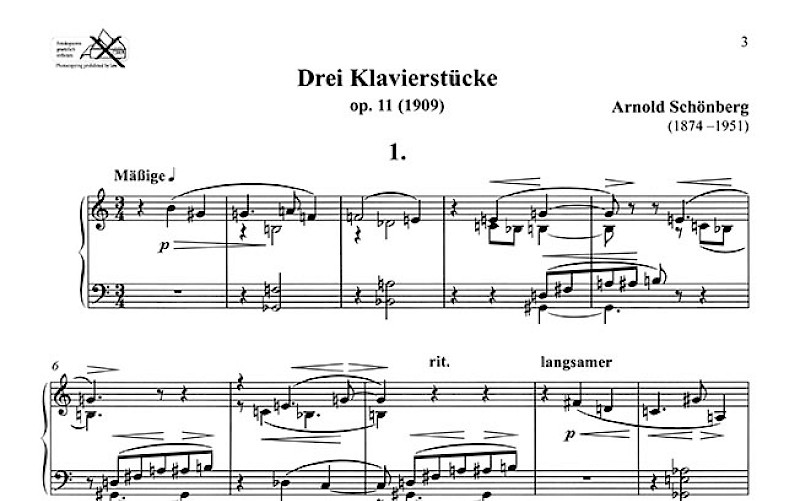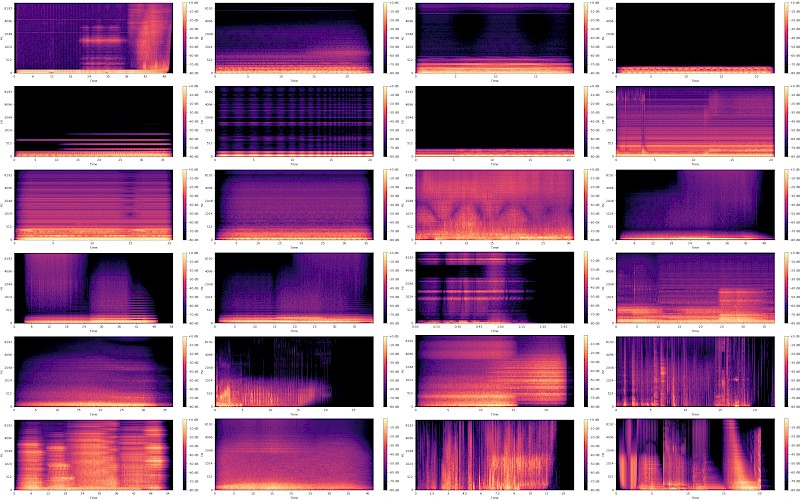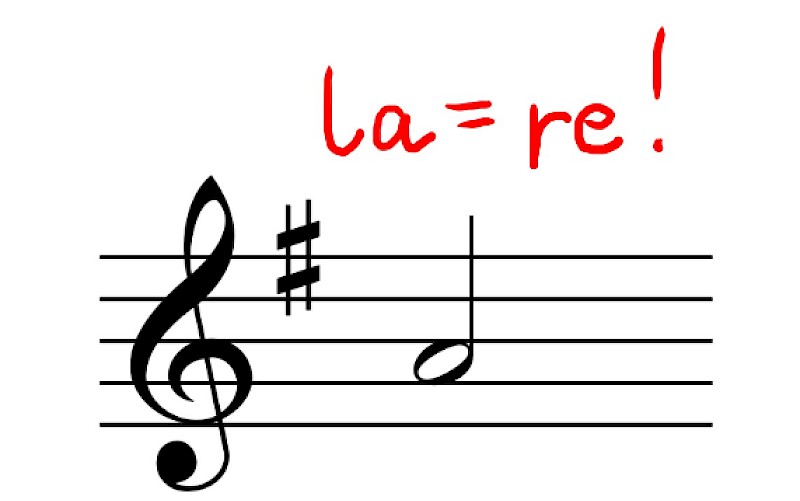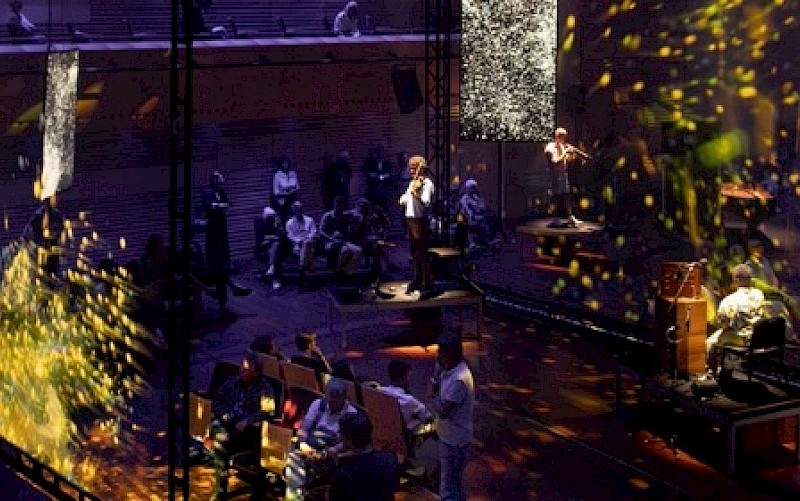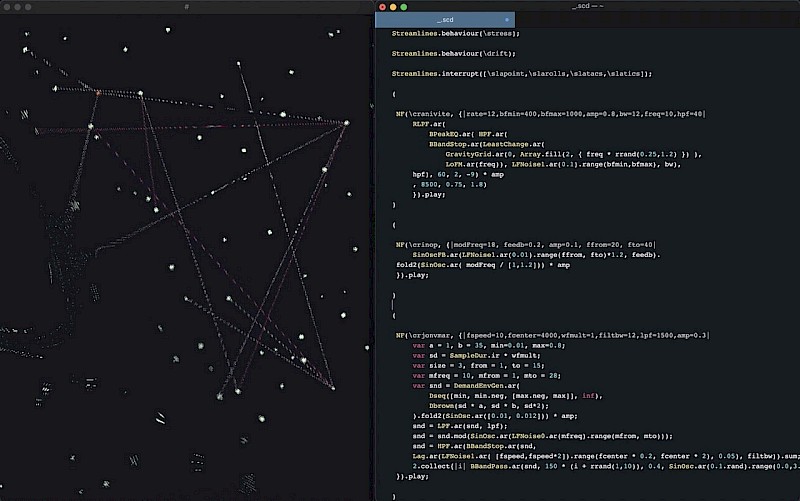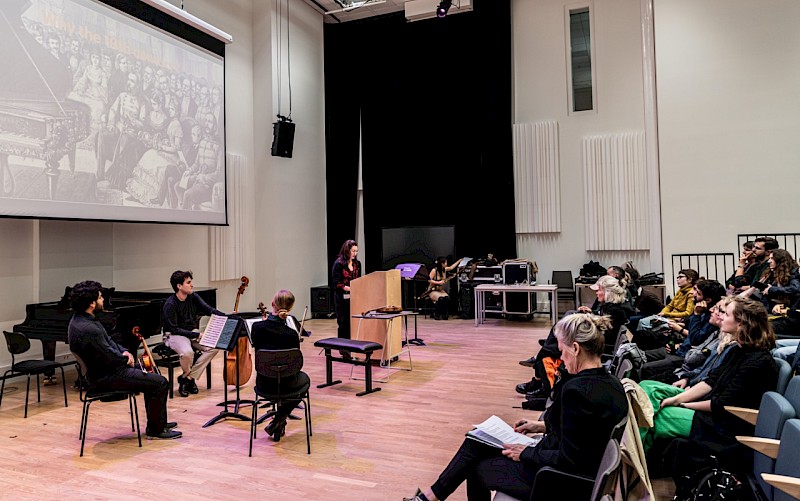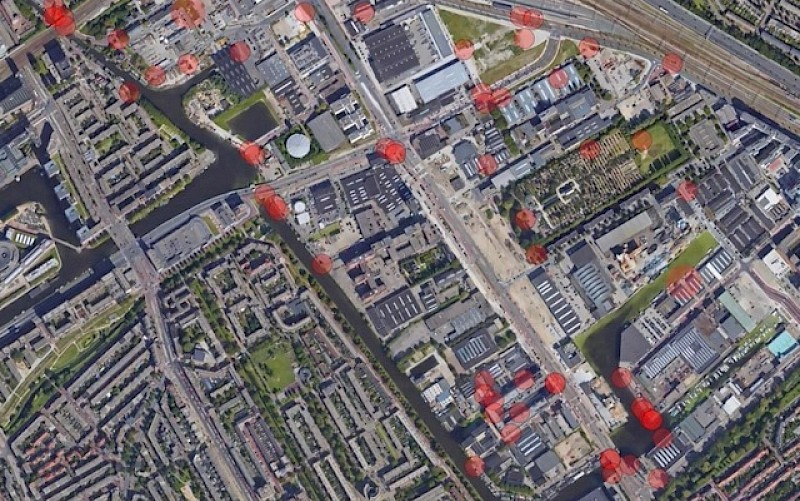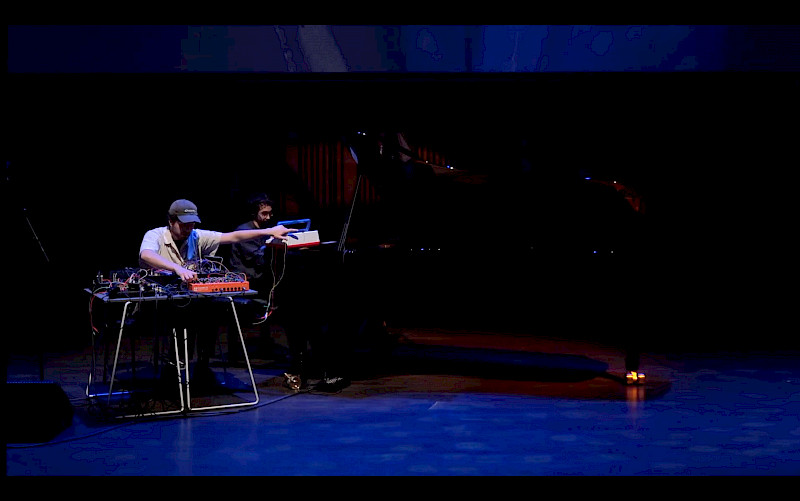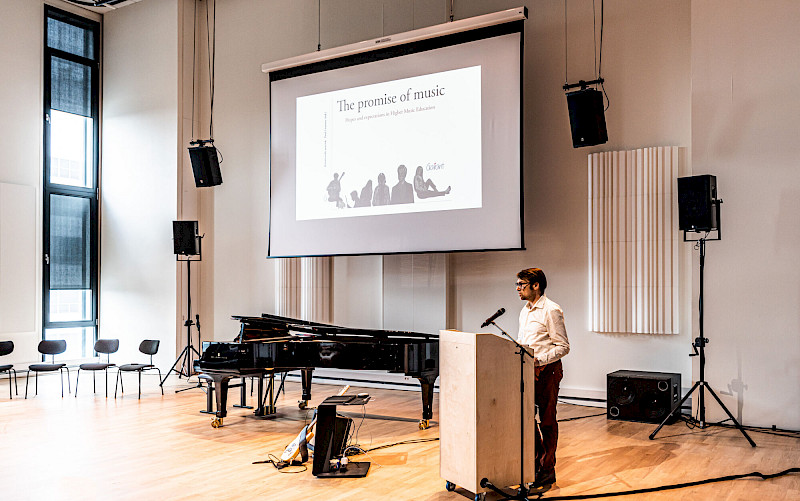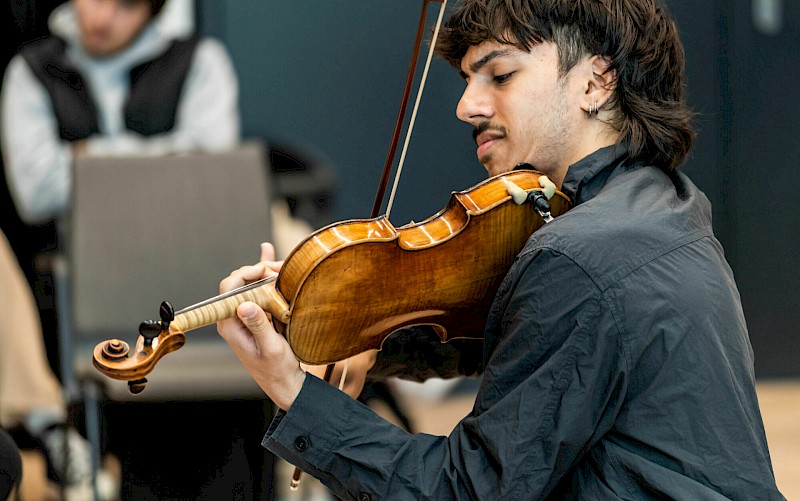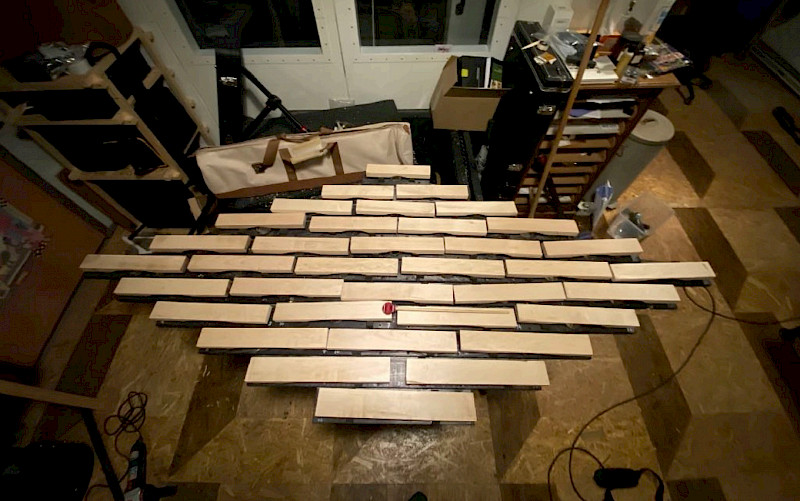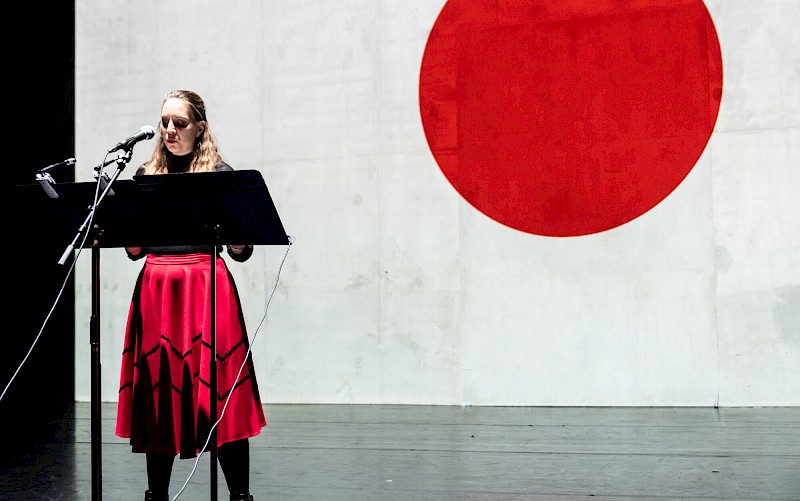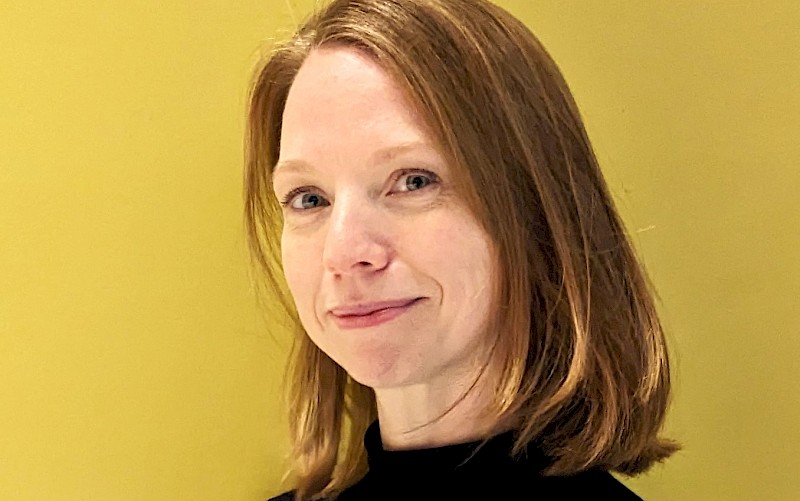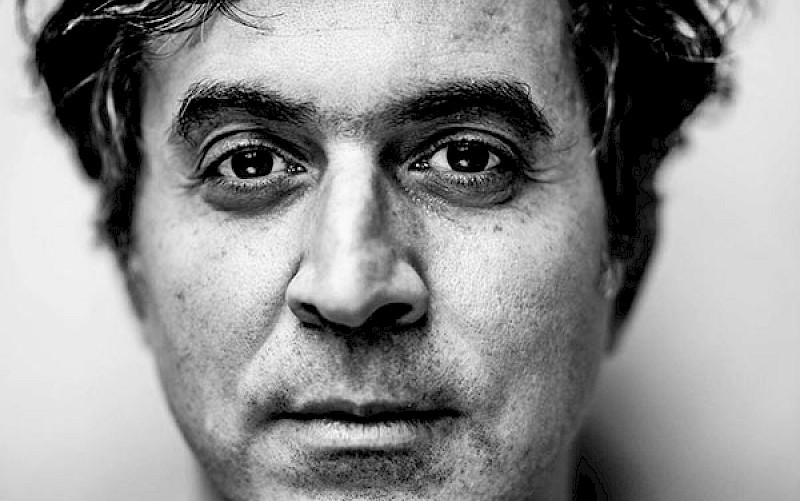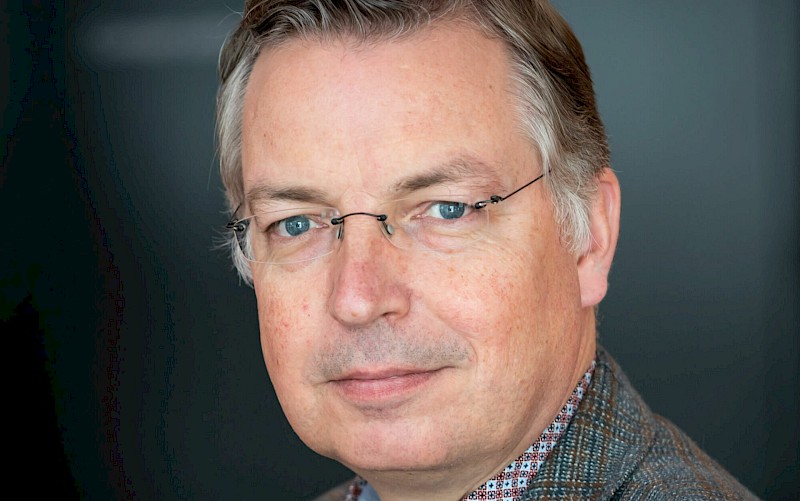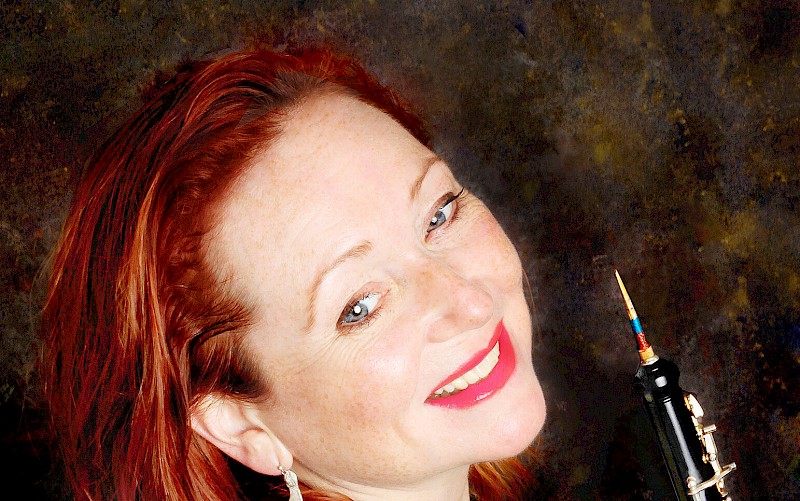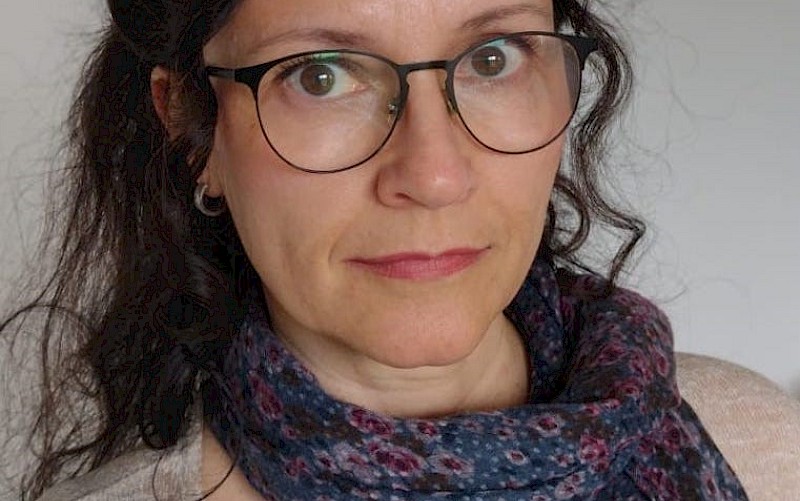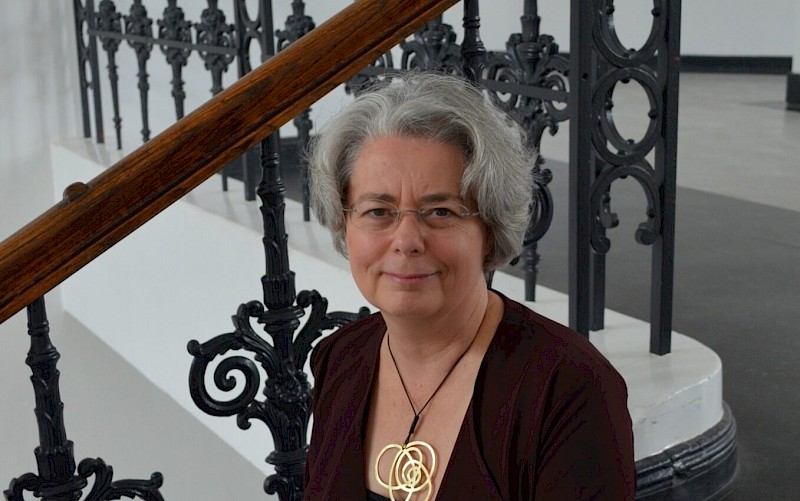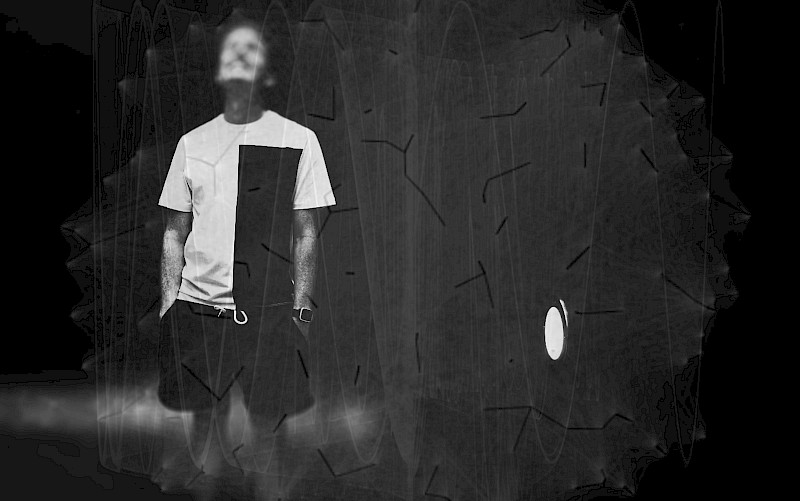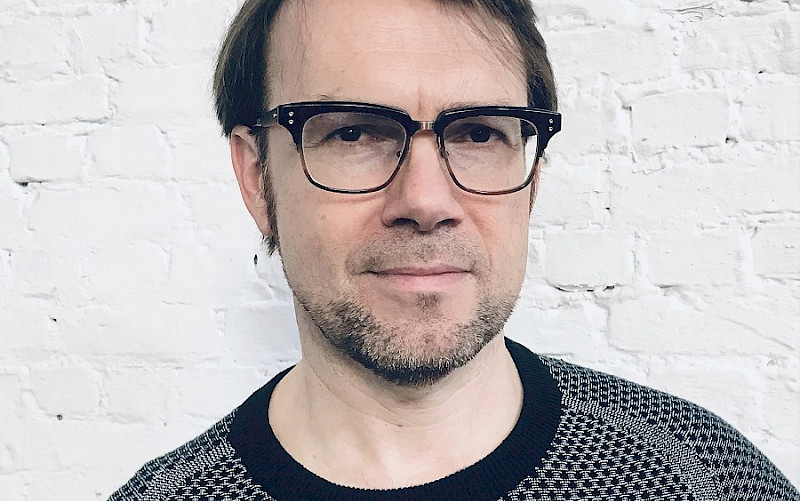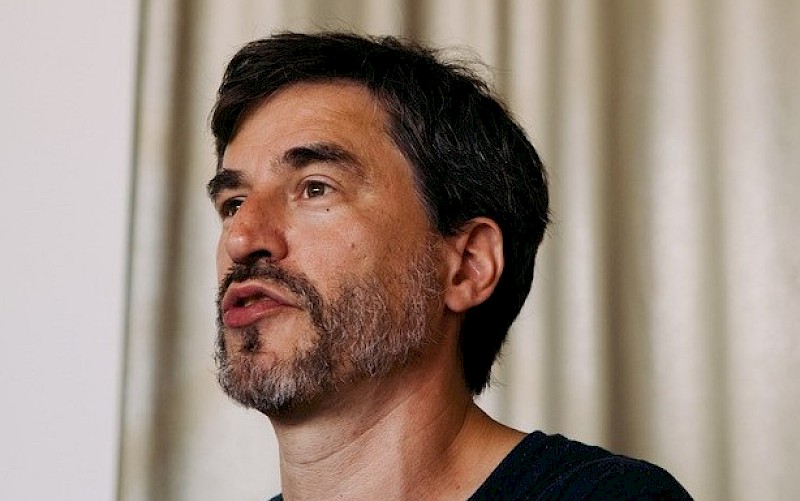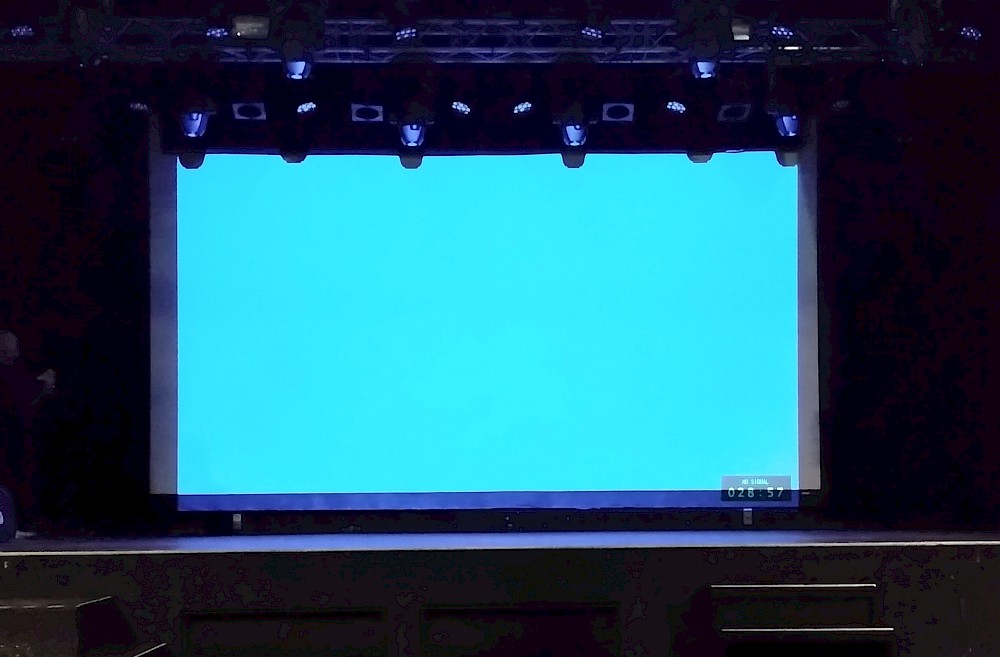
Handbook of the Mutable Sound Image
Handbook of the Mutable Sound Image is simultaneously the title of this research project and the (working) title of a new work to be composed as the core practice of the research. The aim of this work is to explore the performative space of the theatre/concert hall as a field informed by intertwining infrastructures of attention.
Handbook of the Mutable Sound Image is conceived as an audio-visual and performative work for ACPA Post-doc trombonist and multi-instrumentalist Kevin Fairbairn, a specially conceived multiple loudspeaker constellation for live performance, and various instances of video technology (both pre-recorded and live). The process of research is conceived through the experimentation and composition of a series of modules addressing different technical and performative questions that would later on be articulated to build up a long-duration performative work. The research project also conceives establishing a space of dialogue and eventually possible collaboration with different programmes and institutions within the HdK, namely ACPA, the Film Lectorate at the KABK, and staff from KABK-based programmes such as Non-Linear Narratives or Photography & Society. These are meant to take place through a series of feedback sessions as part of the yearly research plan.
The work is meant to unfold by addressing the following three layers:
1. Collective protocols of attention: This concerns, among other components, the way technologies create patterns of expectation that inform how perception occurs. For example, by amplifying an instrument at 15 cm from its resonating body, the way in which the instrument activates the acoustic properties of the hall is concealed. The use of amplification circuits is one among several elements that play a role in the form in which attention is performed in the aural realm. Other elements include the diverse codification in the use of field recordings as part of an audio-visual culture of documentary representation and cinematographic fiction, the protocols and rituals of concert performance and seating distribution, or the sound ‘registers’ of different popular sound and music cultures. The plan is to investigate and make use of the capacity of the Conservatoriumzaal to organize seating in different ways as well as the flexible use of the horizontal and vertical dimensions for different amplification setups.
2. Aural perceptual stabilization: Often, the experience of listening is misapprehended by claiming that sound can be represented as a series of isolated events that take place in single and definite locations. As sound actually always occurs inherent to an oscillating medium that the listener takes part in (such as the combination of air and architectural constituents of a location), sound is better understood as intrinsic to space rather than occurring in a space. Our cognitive apparatus uses different cues and strategies to decode the spatial qualities of sound events. As a result, a space (or rather, the spatial aspect of sound) is experienced differently if the trigger that activates an environment is a chirping cricket, a sustained note of an oboe, or the slam of a door. Different types of spatial information are rendered possible by different cognitive processes. The aural is then misrepresented when the notion of an enveloping virtual ‘screen’ is enounced as a way to convey the spatial quality of sound in its entirety. In my project, I will investigate and systematize the use of what could be termed as non-conventional loudspeaker setups to explore embodied aspects of sound perception.
3. Auditory and visual synchronization: I aim to explore how our perception of sound is informed by its articulation with visual cues. For this, I plan to develop new strategies in the juxtaposition of live cameras and pre-recorded visual material. This articulation I have firstly explored in my composition Sound Theory (The Clouds). While in that piece I mostly resorted to models of cinematographic continuity, I intend to explore the use of the cameras in a multifaceted way, by introducing notions and methods from the fields of performance art, Expanded Cinema, Live Cinema, and post-dramatic theatre.

